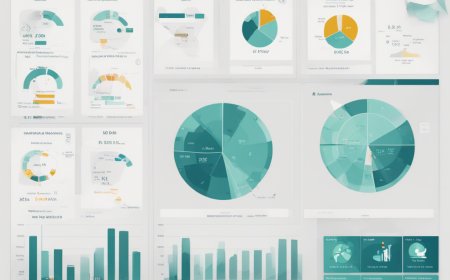Sampling 101: The Science Behind Picking the Perfect Subset
Discover how the right sampling technique can make or break your research. Dive deep into the world of sampling and learn how to choose and apply the appropriate sampling method for accurate, reliable results.

Sampling: a term that every researcher, statistician, and data analyst is intimately familiar with. It is the cornerstone of research, the foundation upon which data collection and analysis are built. But what exactly is sampling, and why is it so vital to the research process?
Simply put, a sample is a subset of a larger population, carefully selected for study. Ideally, this subset should accurately represent the characteristics of the larger group, allowing for accurate conclusions and inferences about the population based on the sample data.
Sampling is not as straightforward as picking random elements from the population. Various types of sampling techniques come into play, each with its specific purpose and application.
-
Simple Random Sampling: In this method, every member of the population has an equal chance of being selected. It's akin to drawing names from a hat.
-
Stratified Sampling: The population is divided into distinct strata, or groups, based on specific characteristics, and samples are drawn from each group. For instance, a researcher studying academic performance may stratify a school population by grade level.
-
Cluster Sampling: The population is divided into clusters, or groups, usually geographically. Some of these clusters are randomly selected, and all members within chosen clusters are studied.
-
Systematic Sampling: A sample is drawn at regular intervals from an ordered population. For example, you might choose every 10th name from a list.
-
Convenience Sampling: The sample is taken from a group of people easy to contact or reach. While convenient, this method may not represent the whole population accurately.
-
Quota Sampling: This is a non-probabilistic version of stratified sampling, where the researcher manually ensures the sample represents certain traits in proportion to their prevalence in the population.
Each sampling method comes with its strengths and limitations and is suitable for different research scenarios. The choice depends on the nature of the population, the purpose of the study, and the resources available.
Sampling is the backbone of inferential statistics, which is an umbrella for various types of regression. Regression is a statistical method to model the relationship between a dependent variable and one or more independent variables. There are several types of regression, including simple linear, multiple linear, logistic, polynomial, and Cox regression. These vary in the number of independent variables, the nature of the dependent variable (continuous, binary, time-to-event), and the shape of the relationship (linear, non-linear).
Understanding the nuances of sampling is crucial as it impacts the statistical power, precision of estimates, and validity of your study. Proper sampling allows your research to reach its full potential, ensuring the results are representative, accurate, and applicable to the larger population.
Sampling is more than a step in the research process. It's an art and a science that requires careful consideration, strategic planning, and nuanced execution. So, the next time you embark on a research journey, remember: The right sample isn't just a subset of your population. It's the key to unlocking reliable, impactful, and meaningful insights.
Disclaimer: The image(s) featured in this article are for illustrative purposes only and may not directly depict the specific concepts, situations, or individuals discussed in the content. Their purpose is to enhance the reader's understanding and visual experience. Please do not interpret the images as literal representations of the topics addressed.
What's Your Reaction?











































































































